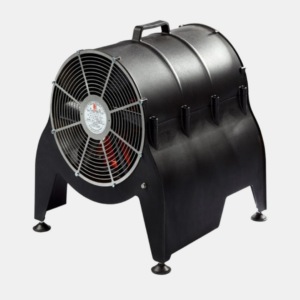ATEX is not one, but two European Directives designed to reduce the risk of potentially explosive atmospheres. These are:
- Directive 99/92/EC also known as the ATEX Workplace Directive or ATEX 137
- Directive 2014/34/EU also known as the ATEX Equipment Directive or ATEX 114
Together, these directives set out the standards businesses must meet when protecting personnel in the workplace and when selecting ATEX rated equipment for use in explosive atmospheres.
What is ATEX?
ATEX comes from the French name for the directives: Appareils destines a etre utilises en Atmospheres Explosibles. From the last two words, the first two letters of each are taken: ATmospheres EXplosibles, hence ATEX.
What does it mean to be ATEX certified?
ATEX certified equipment has been tested – usually by a third-party ATEX inspector – and has been deemed safe for use in explosive environments, as well as confirming that the written materials supplied with the equipment are sufficient for safe operation.
Who can install ATEX equipment?
ATEX equipment should be installed by a competent individual in accordance with the manufacturer’s instructions. Failure to do so could compromise the safety of the equipment and render its ATEX rating effectively meaningless.
When is ATEX equipment required?
ATEX equipment should be considered in any setting where potentially explosive materials are present, including gases, liquids, powders and flammable solids, even if those materials are present only some of the time. ATEX rated equipment is normally marked ‘EX’ making it easy to tell if a particular device is suitable for a designated hazardous area.





